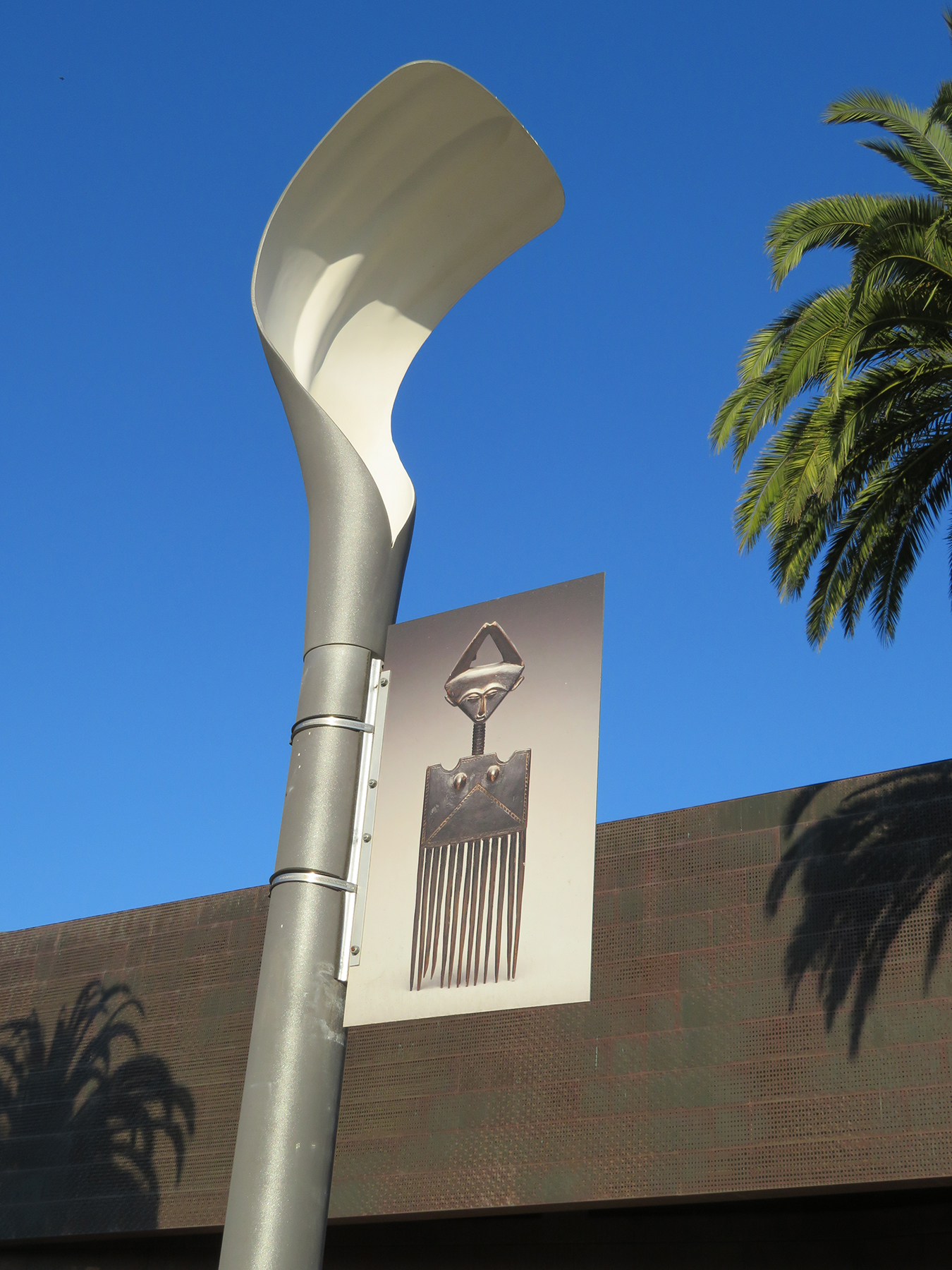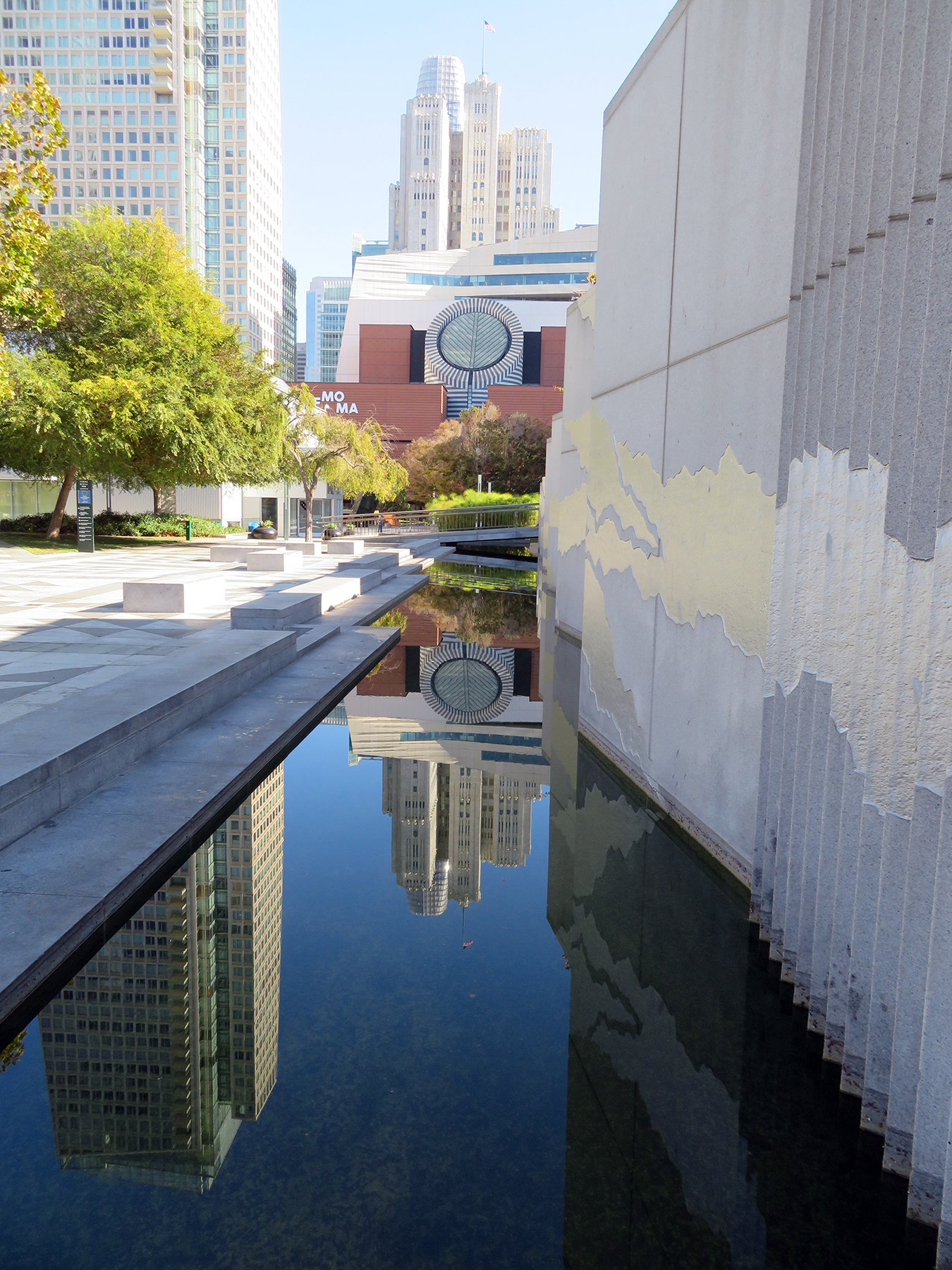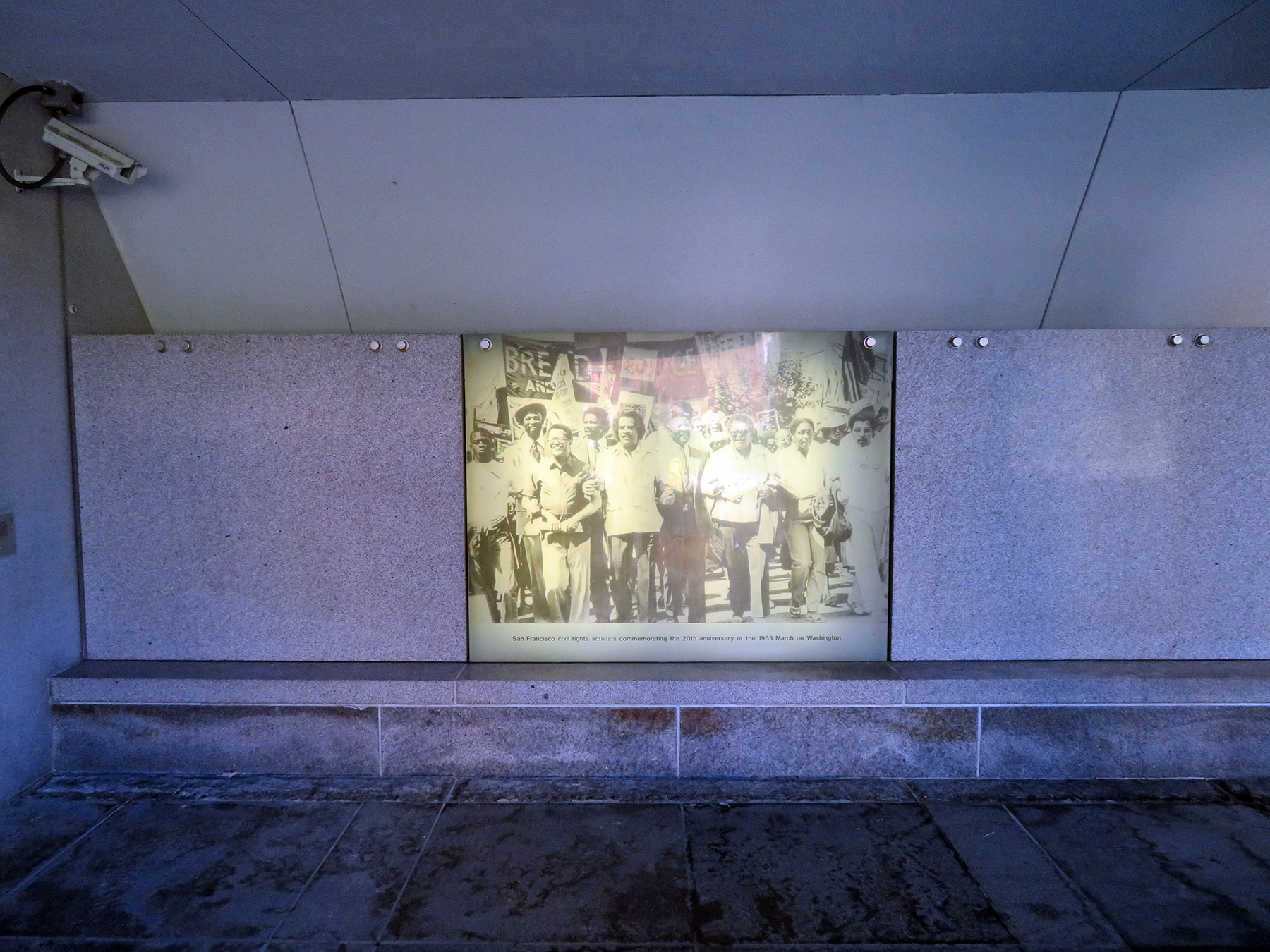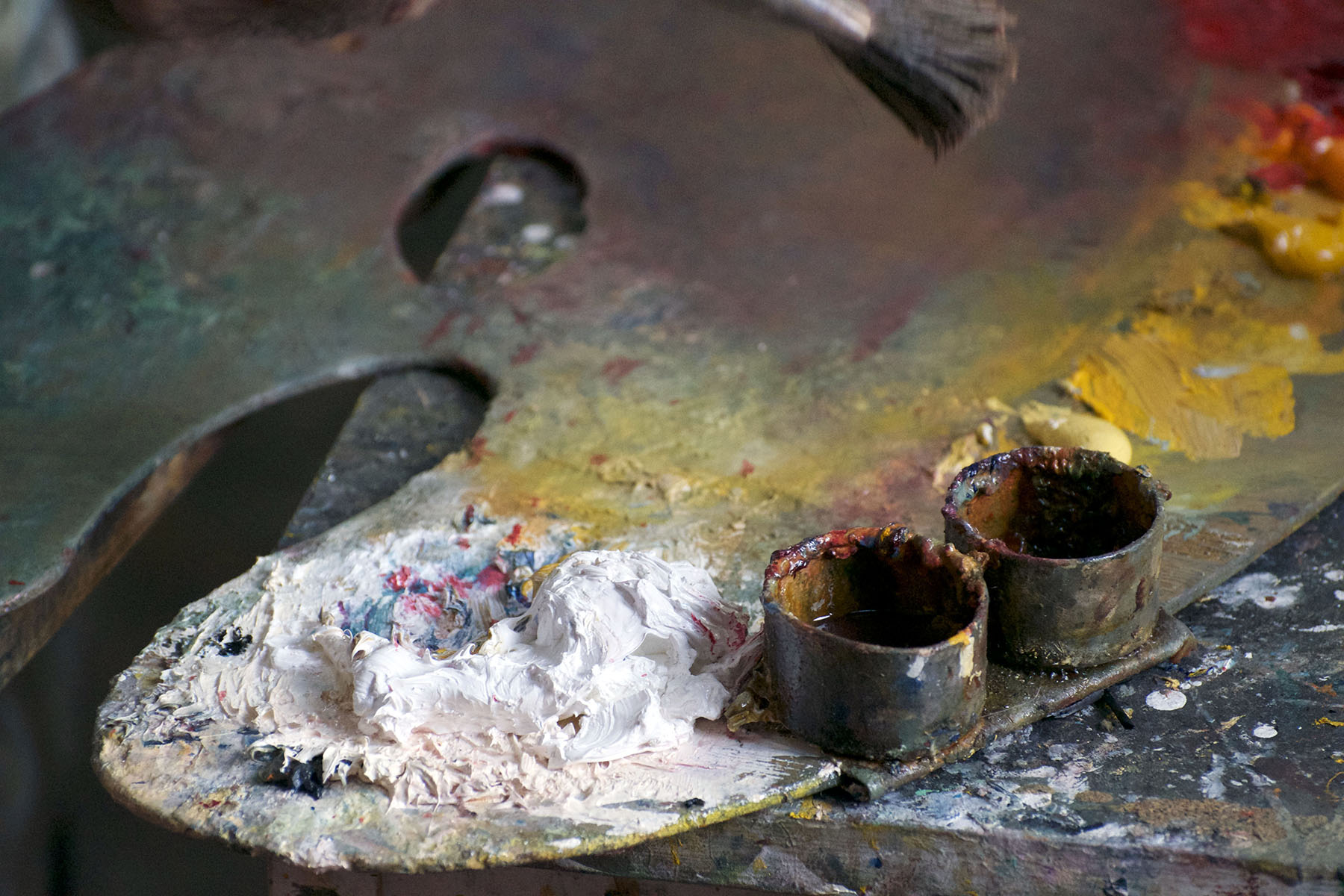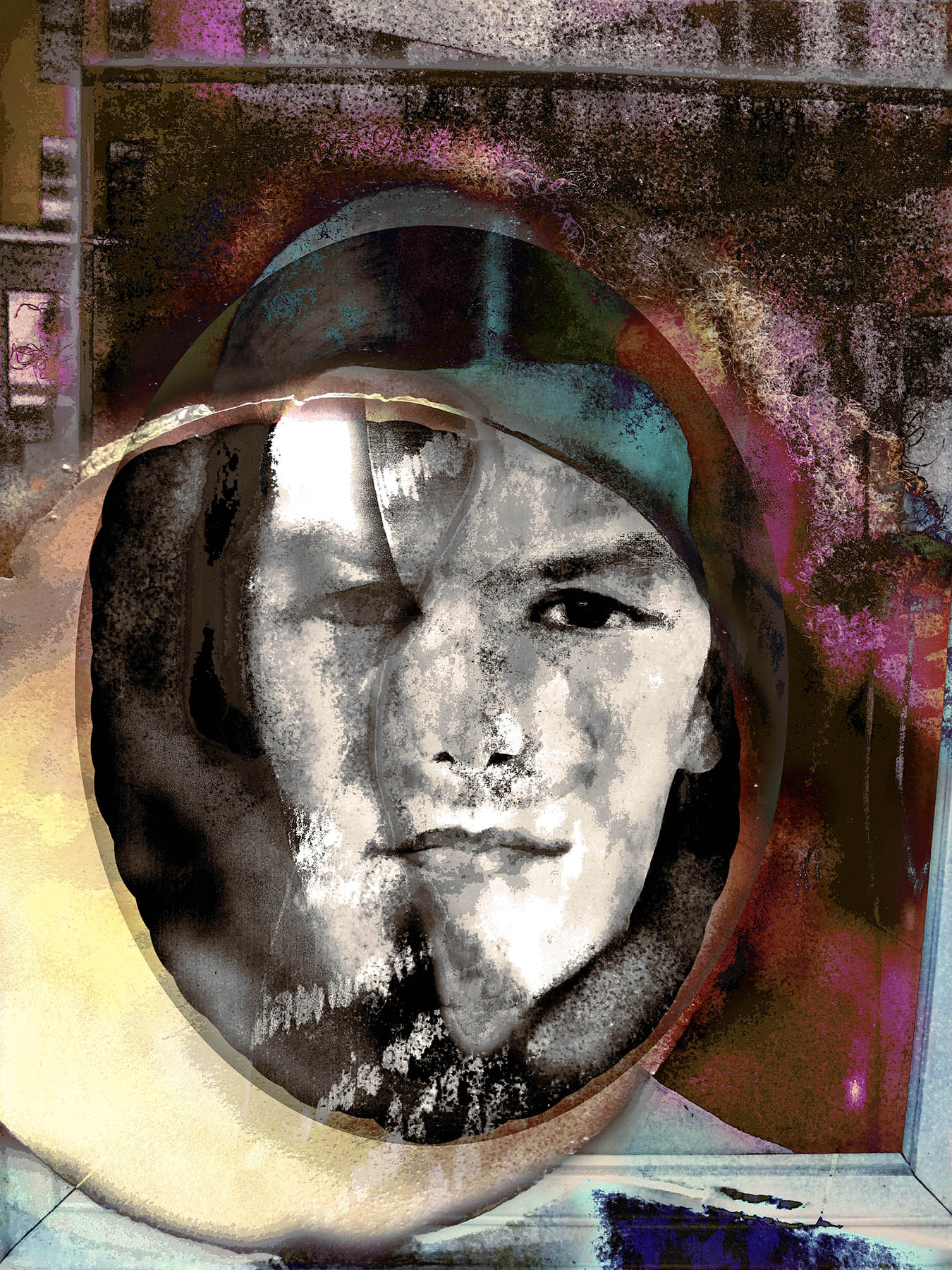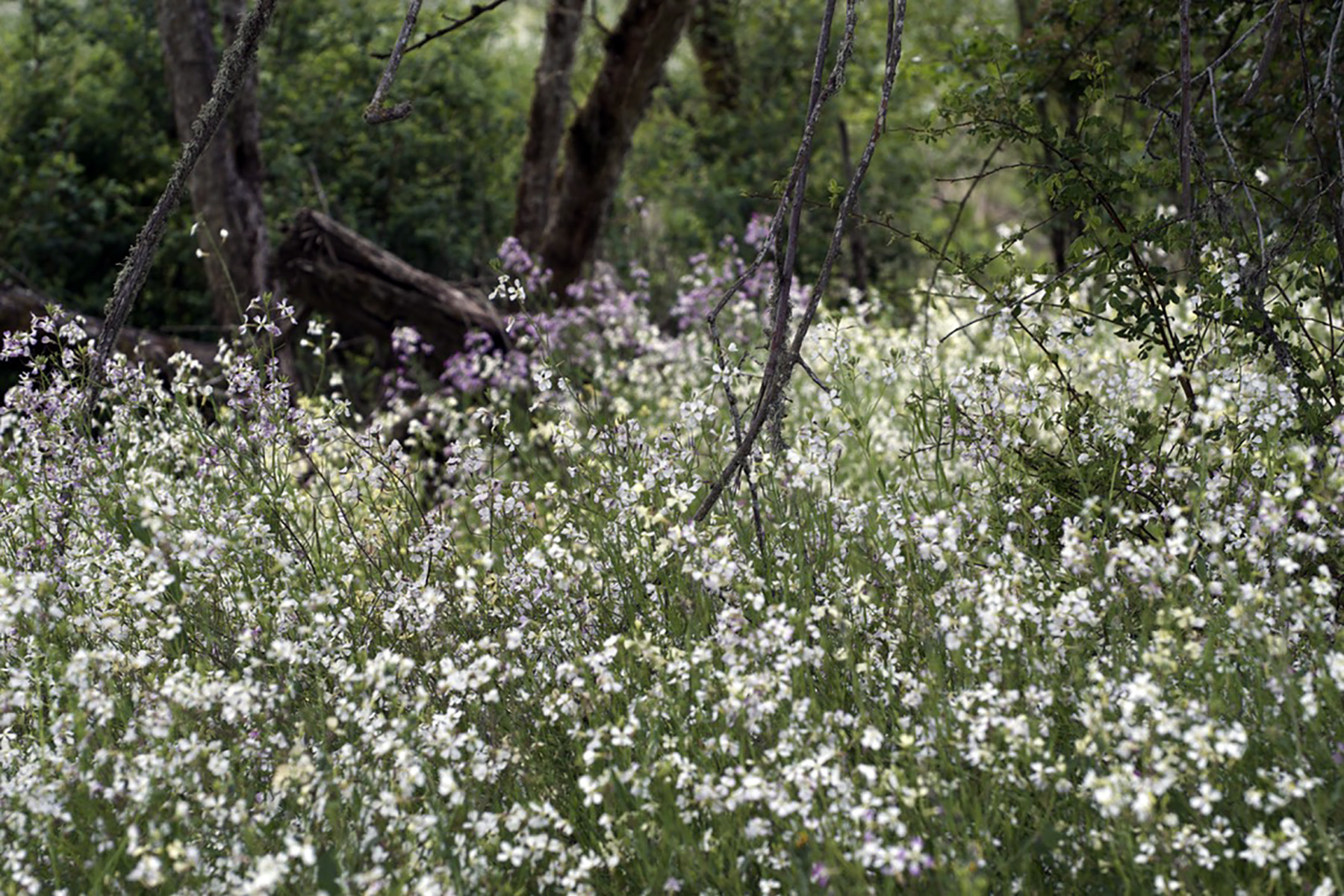So much for good intentions. I really mean to keep my prejudices in check, but when I learned many months ago that two of the major art institutions in this country, the Metropolitan Museum of Art in New York and the Fine Arts Museums of San Francisco (FAMSF) of which the de Young is a part, simply swapped their White, male, European-anchored directors, I rolled my eyes. It is even weirder, given that Thomas Campbell left New York for San Francisco with his reputation under attack, his new Board of Directors undergoing major upheaval with fundraising threatened, for an institution that had worn down four directors in less than a decade, the last one lasting only 22 months, and that had no exhibitions planned beyond 6 months – a process usually stretched over years to be successful.

As so often, I should have been more open minded. Looks like Campbell is rising to these challenges and then some. Despite Covid-19 closing the museum for months on end (they just re-opened,) starving the limited endowment institution of ticket sales on which it heavily relies, he managed so far to prevent major staff lay-offs.

Having to delay major traveling exhibitions for now – a full-dress Judy Chicago retrospective that was supposed to open in May has been postponed for a year – he turned his efforts to support of the local artist community.
“In celebration of the de Young museum’s 125th anniversary, the Fine Arts Museums of San Francisco are hosting The de Young Open, a juried community art exhibition of submissions by artists who live in the nine Bay Area counties: Alameda, Contra Costa, Marin, Napa, San Francisco, San Mateo, Santa Clara, Solano, and Sonoma.
Works of art in The de Young Open are hung “salon-style,” installed edge to edge and floor to ceiling, which enables a maximum number of works to be displayed. The de Young filled the 12,000-square-foot Herbst Exhibition Galleries with 877 artworks by 762 Bay Area artists in The de Young Open.”
The work can also be sold directly without the usual commission for the museum, a major boost for the hard-hit community of artists.


Community outreach occurred not on that front alone. In June, protesters against racism had pulled down multiple statues in the park’s Music Concourse, which is flanked by the museum on one side, and the Academy of Sciences on the other. Francis Scott Key, national anthem lyric author and slave owner, came down, as did Saint Junípero Serra, founder of California missions and enslaver of Native Americans, and Ulysses S. Grant.

The statue of Key sat right under the flag bearing figure; the ferris wheel has been empty and motionless since its installment this spring.

The day after the protest, Campbell posted and later wrote to the SF major that the newly empty spaces should be filled with art derived from an annual competition and commission a work by a Bay Area artist that might respond to the challenge of, Who should we memorialize?” A conversation about what to do with sculptures of people who have blood on their hands, had already happened within the museum before the June protests took place. The civic spirit displayed by these efforts is a hopeful sign.

I am writing about this at length not because I am particularly familiar with the museum, I am not, but because I find examples of constructive leadership important to flag. When I wandered around the Music Concourse, benches and fountains recently restored from the vandalism, I was thinking about how people who understand where the rage is coming from without condoning vandalism, and who are in positions to make choices, can really be agents of change. It is the next steps that count, after the upheaval. San Francisco seems to have gained an effective and welcome voice in the art scene and the civic realm in this regard.
Someone who doesn’t just sit it out.

The other part of FAMSF is the Legion of Honor Fine Art Museum, which is still closed. I walked by the palace yesterday afternoon, with the fog rolling into this unimaginably beautiful setting next to the Pacific,



and communed with the bored lions, Jeanne d’Arc and El Cid by Anna Hyatt Huntington. Don’t ask me how they are related to San Francisco either.




The neo-classicist building itself is impressive, a gift of Alma de Bretteville Spreckels to the city of San Francisco, after she persuaded her sugar magnate husband to build a replica for the French pavilion she had fallen in love with at the 1915 world exposition. Here is the history of the museum’s creation. I left the thinker to himself, maybe he’ll come up with further good plans for the museum world….

Music in honor of the maid of Orleans who is forever exposed to the damp fog of the region.
